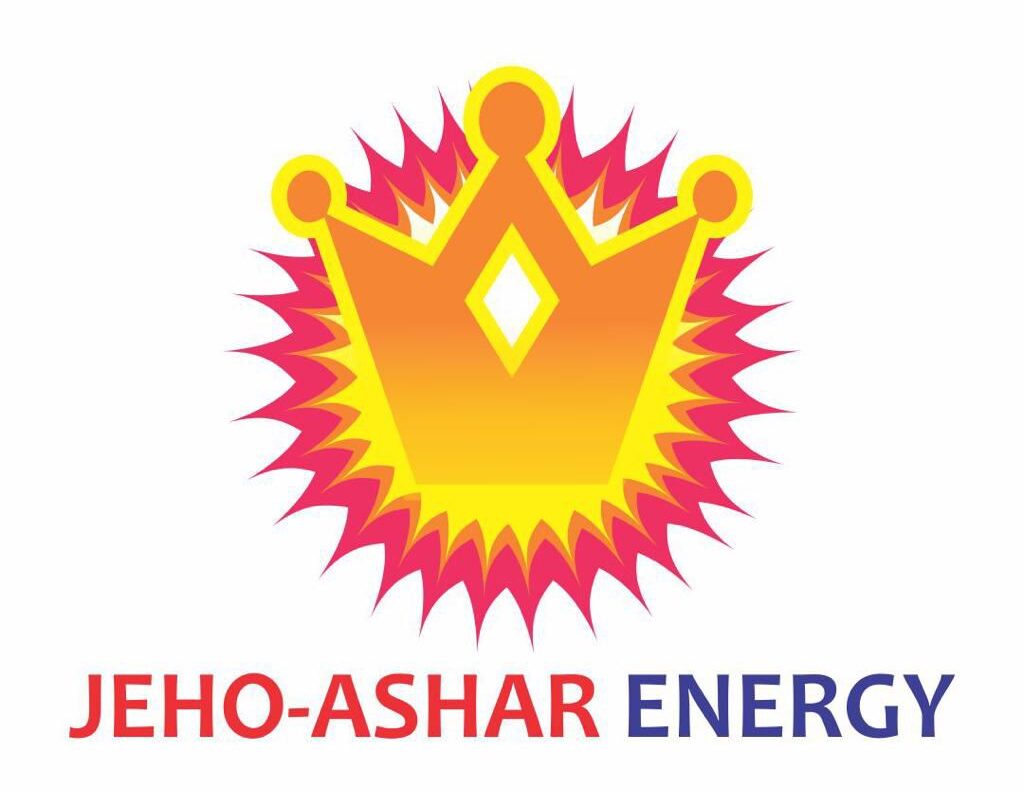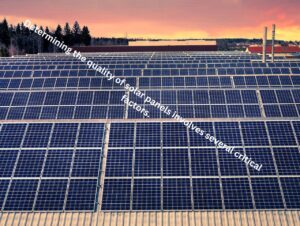Overview
Nigeria and the broader West African region face extreme seasonal weather, including:
- High wind gusts during storms and harmattan winds
- Heavy rains that cause flooding, soil erosion, and structural stress
To withstand these conditions, solar mounting systems must be rigorously tested and adapted. Jeho Ashar Energy leads in this area by developing and deploying mounts that meet regional wind and rain load demands, protecting installations from climate-related failure.
Climate Risks in West Africa Solar Projects
- Wind speeds of 120–160 km/h during seasonal storms can lift poorly anchored panels.
- Roof-based systems are vulnerable to uplift or rattling if not properly clamped.
- Flooding and water runoff can compromise foundations or cause ground erosion beneath mounts.
- Humidity and constant wetting increase corrosion risk, weakening structures over time.
Jeho Ashar’s Testing & Design Protocols
🌪️ 6.1 Wind Load Simulation and Analysis
- Designs are modeled against wind tunnel data based on local climate zones (coastal, savannah, arid)
- Structural layouts are reinforced with:
- Diagonal bracing on ground mounts
- Aerodynamic profiles on rooftop frames
- Low-profile tilting to reduce lift force
☔ 6.2 Rain Load and Drainage Testing
- Mounts include built-in drainage channels or sloped angles to prevent water pooling
- Ground systems feature elevated bases or stilts to stay above potential flood levels
- Drainage tests simulate 50–100 mm/hour rainfall to assess runoff and foundation durability
🛠️ 6.3 Real-World Field Testing
- Prototypes are deployed in high-risk regions (e.g. Bayelsa for rain, Jos for wind) to monitor long-term impact
- Regular post-installation inspections identify any signs of movement, corrosion, or structural stress
Materials Built for West African Weather
- Hot-dip galvanized steel and marine-grade aluminum resist rust in humid and rainy environments
- Stainless steel clamps and bolts are chosen for non-reactivity in acidic or salt-heavy soils
- All components comply with IEC 61215 and ASCE wind loading codes
Project Example: Flood-Resistant System in Ogun State
For a solar-powered farm in Ogun, Jeho Ashar used:
- Raised mounting systems on concrete pedestals
- Extended leg bases with cross braces for wind resistance
- Tilted rails with water-shedding design to direct runoff away from electrical components
The system remained operational after two rainy seasons with zero panel displacement or corrosion issues.
Benefits for Clients and Partners
- Lower risk of damage or downtime during storms
- Extended lifespan of the entire solar asset
- Easier insurance approvals and better ROI assurance
- Trusted system integrity, even in the most weather-sensitive regions



